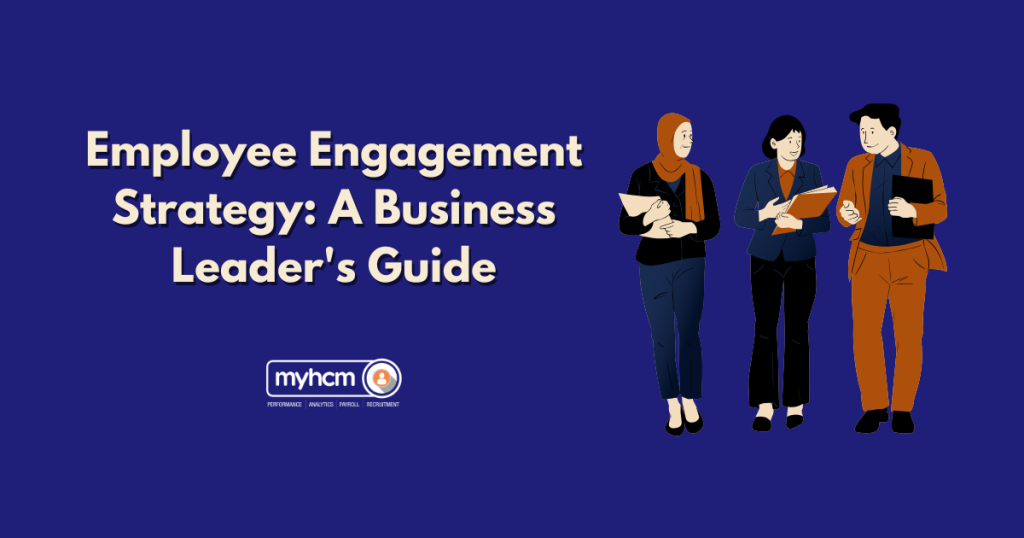Introduction
Employee engagement is a critical factor in driving business success. Engaged employees are more productive, innovative, and loyal, leading to higher levels of organizational performance. As a business leader, understanding and implementing effective employee engagement strategies is essential to create a thriving workplace culture.
Importance of Employee Engagement Strategies
Employee engagement refers to the level of commitment and passion employees have for their work and organization. Engaged employees are more likely to:
- Increase Productivity: They are more focused and motivated, leading to higher productivity levels.
- Improve Customer Satisfaction: Engaged employees provide better customer service, resulting in higher customer satisfaction.
- Reduce Turnover: Engaged employees are less likely to leave the organization, reducing turnover costs.
- Foster Innovation: Engaged employees are more open to new ideas and willing to take risks.
Key Strategies for Employee Engagement Strategies
To foster a highly engaged workforce, consider implementing the following strategies:
Effective Communication:
- Open and honest communication is essential for building trust and transparency.
- Regular team meetings, one-on-one conversations, and company-wide updates can help keep employees informed.
- Utilize various communication channels, such as email, instant messaging, and internal social media platforms.
Recognition and Rewards:
- Recognize and reward employee achievements, both big and small.
- Public recognition, such as employee of the month awards or shout-outs, can boost morale.
- Offer incentives and rewards to motivate employees and encourage high performance.
Career Development Opportunities:
- Provide opportunities for professional growth and development.
- Offer training programs, mentorship, and coaching to help employees advance their careers.
- Create clear career paths and succession plans to motivate employees.
Work-Life Balance:
- Promote a healthy work-life balance by offering flexible work arrangements, such as remote work or flexible hours.
- Encourage employees to take breaks, vacations, and time off to recharge.
- Provide wellness programs, such as fitness classes, stress management workshops, and mental health resources.
Empowerment and Autonomy:
- Empower employees by giving them autonomy and decision-making authority.
- Encourage employees to take ownership of their work and contribute to the organization’s success.
- Provide employees with the tools and resources they need to be successful.
Positive Workplace Culture:
- Foster a positive and inclusive workplace culture where employees feel valued and respected.
- Encourage teamwork, collaboration, and open communication.
- Celebrate diversity and inclusion.
Measuring Effectiveness of Employee Engagement Strategies
To assess the effectiveness of your employee engagement strategies, it’s essential to measure employee engagement. Consider using the following methods:
- Employee Surveys: Conduct regular employee surveys to gather feedback on job satisfaction, management, and overall engagement.
- Pulse Surveys: Use short, frequent surveys to track employee sentiment and identify emerging issues.
- Exit Interviews: Conduct exit interviews to understand why employees are leaving and identify areas for improvement.
- Performance Metrics: Monitor key performance indicators, such as productivity, customer satisfaction, and turnover rates.
Conclusion
By prioritizing employee engagement, business leaders can create a more productive, innovative, and successful organization. By implementing effective strategies, such as effective communication, recognition and rewards, career development opportunities, work-life balance, empowerment and autonomy, and a positive workplace culture, you can foster a highly engaged workforce and achieve long-term business success.

Pingback: Gen Z Employee Retention - Blogs - MyHCM
Pingback: Increasing Workforce Productivity - Blogs - MyHCM
Pingback: Employee rewards and recognition program guide - Blogs - MyHCM